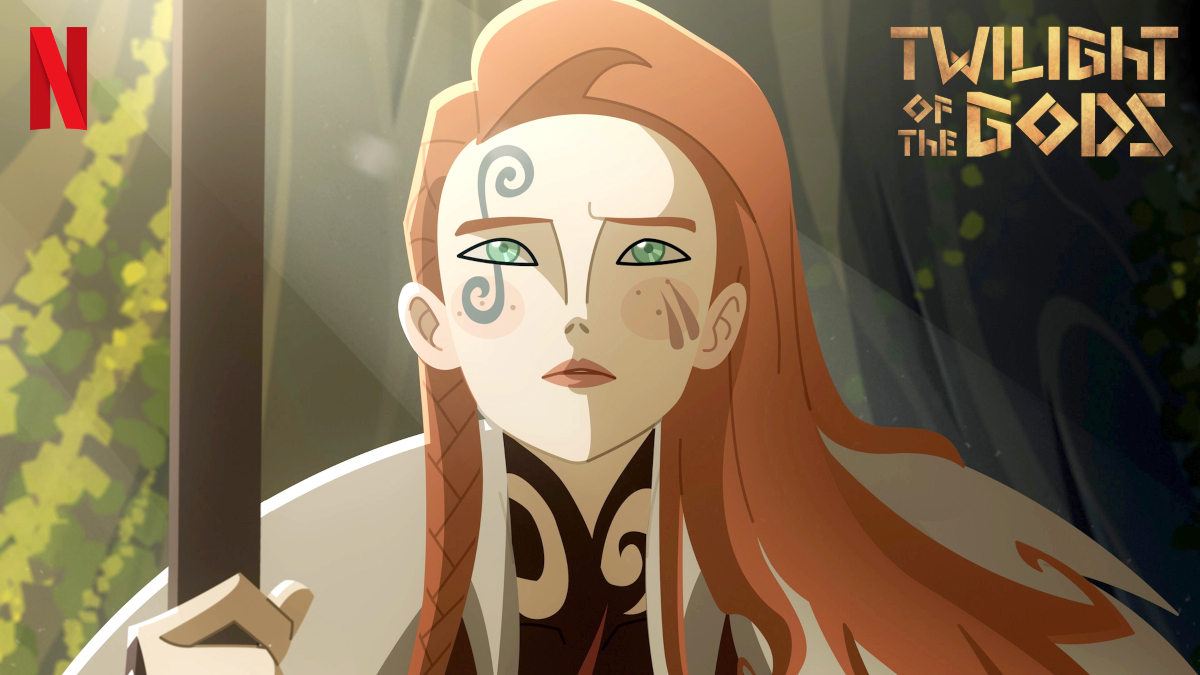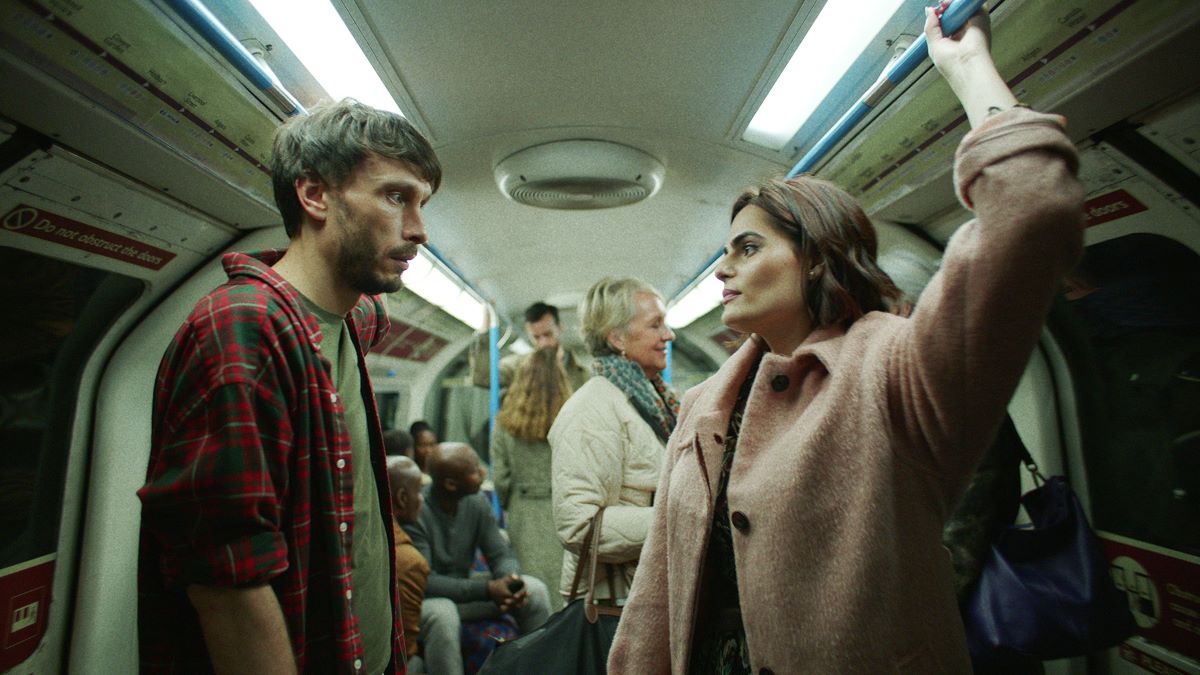Binge-watching vs. appointment viewing?
The debate has gone back and forth over the years — is it better to release an entire, complete season onto a streaming platform all at once?
Or is the slow drip-drip-drip of weekly episode releases over time for a new season better for the overall viewing and fandom experience?
The showrunner of Daredevil took to Twitter this week to debate just that — the pluses and minuses from a fans’ perspective, and how those on the inside creating the content we gobble up see things.
With some fans loving the release of a full season of their favorite show, all the better to binge-watch or rip through an entire season in a couple days or a week, others are fervent fans of the weekly release of episodes.
One allows full immersion and the fulfillment of cliffhangers getting answered immediately. The other lets friends gather together for a season premiere or season finale, appointment viewing if you will, a spot on the calendar to look forward to, and even a chance to have in-person watch parties or digital events over a platform such as say, Twitter, for instance.
Steven DeKnight, showrunner and executive producer for Daredevil, called the release of entire seasons at once “unsustainable.” In essence, his comments alluded to releasing an entire season to binge in a very short time means fans forget key plot points, character developments, or even what the hell happened over the entire season, especially when getting ready to watch a new season of said show.
For those that don’t know, Daredevil aired on Netflix, and each of its three seasons was released in its entirety in a bingeable format.
His statement came on the heels of Jose Molina’s commentary, a writer for Firefly, Castle, and Agent Carter, among others, with screenwriter and author Paul Davidson and others jumping into the discussion as well.
Let’s roll back to the start of the discussion and take this point-by-point.
The Tweet that sparked this thread came from writer Jill Weinberger, who was musing about the way audiences and attention spans are thought about and dealt with, often times without true understanding and more leaning toward guessing how trends apply to the greater spectrum of viewership.
Molina quote-tweeted her pondering and the theme of an audience’s attention span to say that, actually, the inverse is true, and making fans wait huge swaths of time tests them.
And the online persona who goes by the alias Bitter Script Reader, aka Adam Mallinger, agreed that the method of binging an entire season, then waiting for a year-plus for the next season, diminishes the value of the show and your memory of it, stating that the next new season lost its luster because of lack of memory of the previous season(s).
Molina agreed with the sentiment that the full season rollout means the wait between seasons is longer. If one show is released week-by-week, the wait for the next season is theoretically shorter. Whereas a show that’s binged leaves a long time to wait.
The co-creator of Blood & Treasure, Matthew Federman, also gave his thoughts on the matter.
One fan chimed in with a theory that Netflix subscriptions and viewership has dipped lately because of the release-all-at-once format vs. the way HBO Max, Apple TV, and Disney Plus, for instance, have gone back to the traditional model of releasing episodes weekly.
Writer and filmmaker Ken Kabatoff referenced another superb show that recently released an entire season in one day — Barry.
On the other hand, this could be a plus for some streamers that want fans to go back and have to rewatch the previous season first before streaming the new season, giving more views and attention to both seasons and the show overall.
But what of the new model that’s gained traction this year with shows such as Ozark, which released half of a season all at once, then waited a few months before putting out the entirety of the rest of the season?
There was nostalgia for the old format.
What’s good (and not so good) about the formats?
Take internet sites that talk about and write about shows (we know a good one) — when a show comes out all at once, there are a bevy of topics to discuss and theories to consider, but that comes and goes quickly as the show is consumed start-to-end before audiences move on to the next hot show in no time.
Compared to the weekly release, there is ample time to talk about one episode, the characters, the storyline, the plot, and of course the ever-enjoyable predictions and theories for what’s to come. This is also super helpful for shows that have confusion, or characters that aren’t as well known (Hi, Moon Knight!).
Shows such as The Mandalorian, Peacemaker, and even Ted Lasso created a culture that spanned weeks, even months, by not dropping everything all at once.
And yet, one of the most popular shows of the past decade, Stranger Things, hasn’t suffered (that we can tell) from the all-at-once model.
The debate is a great one, especially with more and more networks and streaming services alike appearing to signal that they’re going back to the weekly episode model, even with a short in-season break like shows used to do on TV networks — remember waiting weeks or even a month-plus for shows like Friends or Seinfeld to come back with the second half of their seasons? No, just me?
Some, including Molina, said they will just wait until a show has multiple seasons before diving in, to prevent the memory and enthusiasm loss.
Going back in time a bit to how shows unfurled across network television, shows used to traditionally premiere in the fall, taking a short break in the winter (usually across the Christmas/New Year’s timeframe) before returning for the second half of the season through the spring into what they called Sweeps in May.
There was a break from programming in the summer when it was thought audiences didn’t tune in as often because of holidays, school breaks, and nicer weather keeping people away from the tube. Then, the cycle started all over again in the fall. Of course, there were exceptions with some shows debuting midseason, or midseason replacements, or cable channels following different, even shorter, formats.
Netflix was the leader of the charge that changed shows into bingeable bites, giving you the chance to forsake doing anything else and continue to “watch next episode” to your heart’s content.
So where’s the mythical sweet spot? Somewhere down the middle, most likely.







